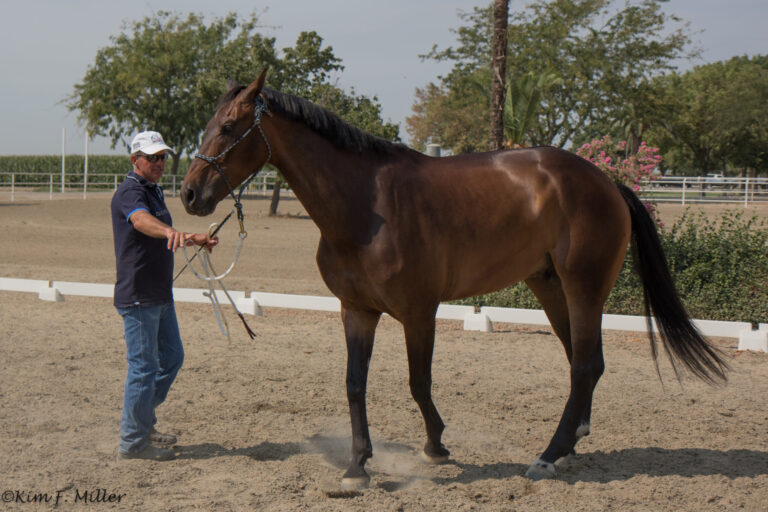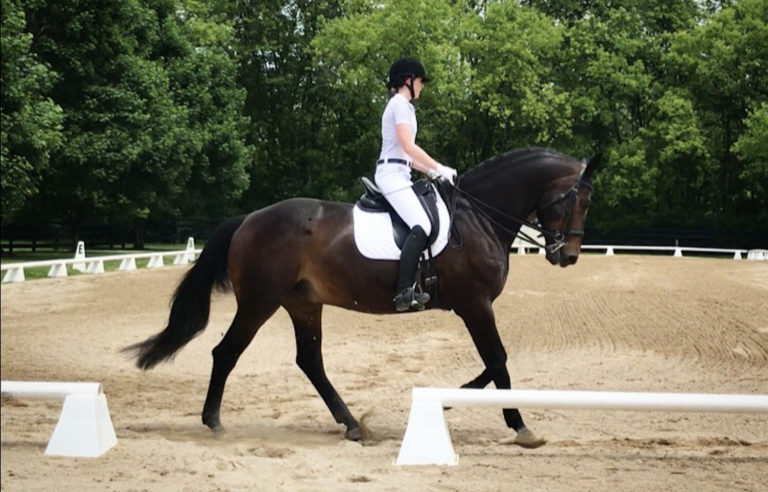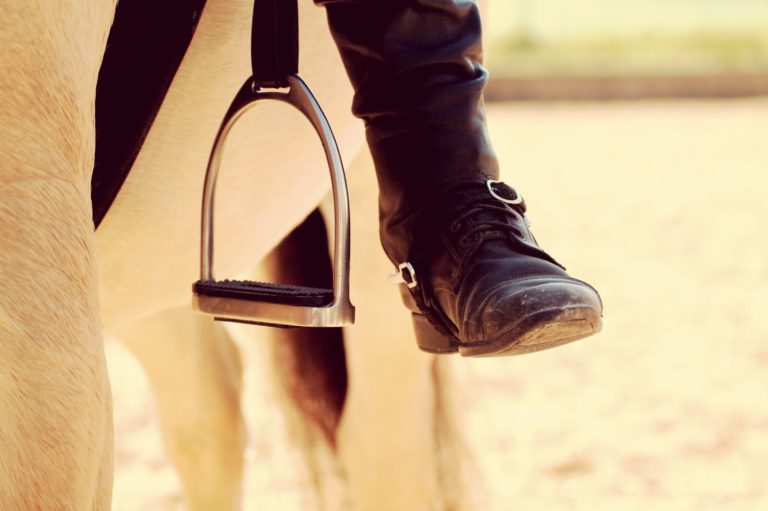
As a veterinarian specialized in equine sports medicine and rehabilitation, I would like to give a bit of a different perspective on the article about joint injections (“Managing Your Horse’s Joints with Injections,” p. 56, Jan. ’17). Dr. Scott Swerdlin, president of Palm Beach Equine Clinic, stated that in his practice he sees nearly no horses in the upper dressage levels who do not need intra-articular injections. He also mentions that, in his opinion, many horses who show reluctance to perform certain higher-level exercises, such as piaffe, passage and canter pirouettes, are perfect candidates for joint injections. I would like to offer a different perspective based on my experience as an FEI-level dressage rider, trainer and judge from the Netherlands in addition to my advanced training as a veterinarian board-certified in sports medicine and rehabilitation.
I believe that many dressage horses are lacking strength in some part of their body (it’s the reason we follow the Training Scale to develop the horse). Often the core muscles of the back, abdomen and pelvis have not been fully developed even by the time the horse reaches the FEI levels. This lack of strength prevents the horse from being able to perform some high-level exercises properly even when mentally the horse may understand and try to perform the movement. The classical methods of dressage are meant to allow educated riders and trainers to recognize the areas of weakness and use basic exercises in their daily riding that will properly develop horses’ strength so they can later perform the higher-level exercises willingly and happily.
Unfortunately, in this fast-paced and competitive world, owners, riders and trainers alike are often so eager to show off a horse’s talents that training progresses more rapidly than his body can handle and he becomes unwilling to perform certain exercises or he develops lameness from the strain. Injecting joints to deal with this problem is a shortcut that will affect the performance of the horse in the long run. The anti-inflammatory properties of joint injections are excellent at removing pain and swelling to resolve lameness symptoms, but this also makes it possible for the horse to continue to overuse the treated area as he no longer feels the signals from his body telling him to be careful.
There is no shortcut in proper training. Dressage has been developed over ages to build a horse step by step over several years so in the end (those with enough physical abilities to perform at that level), the horse has achieved the strength and coordination to perform the Grand Prix exercises. We should not try to force horses to go faster through training or skip steps just to get into the show ring more often. Joint injections have their place in the treatment of lameness but they should not be used as a cure for lack of skills of the rider, trainer or horse.
Joint injections may be medically indicated when a complete and comprehensive exam shows a specific joint injury. The joint injection can be used to give temporary relief of pain and inflammation. This small pain-free period should then be used to introduce specific rehabilitation exercises that will teach the horse how to move better and stop guarding the weak or injured area. The rehabilitation is used to strengthen the supportive structures for the treated joint and to develop better muscle power so that the horse will be able to perform better after the rehabilitation period.
Also found in the January issue, in “Rehabilitation Basics,” p. 36, Dr. Hilary Clayton relayed some very valuable remarks about rehabilitation and injury prevention that support my opinion that joint injections are not the primary answer to performance issues. Especially in dressage, where many horses are still excelling in the arena at older ages, we should not be subjecting them to shortcuts in training or lameness treatment that may predispose them to early retirement when the proper education and physical training can solve the problem in a more natural way.
The European system of requiring that horses achieve a minimum number of adequate scores at each level in order to move on to the next higher level helps ensure that horses are properly trained mentally and physically for the level they are working at. In my personal experience, not many of the higher-level dressage horses in Europe are ever treated with routine joint injections. Look at the world rankings and you will see that these “undertreated” horses still do quite well in the show ring.

Rob van Wessum, DVM, MS, Cert. Pract. KNMvD (Equine), was born in the Netherlands, where he worked with several international trainers. He has trained several horses to Grand Prix and is now a board-certified sports medicine specialist in Mason, Michigan.












